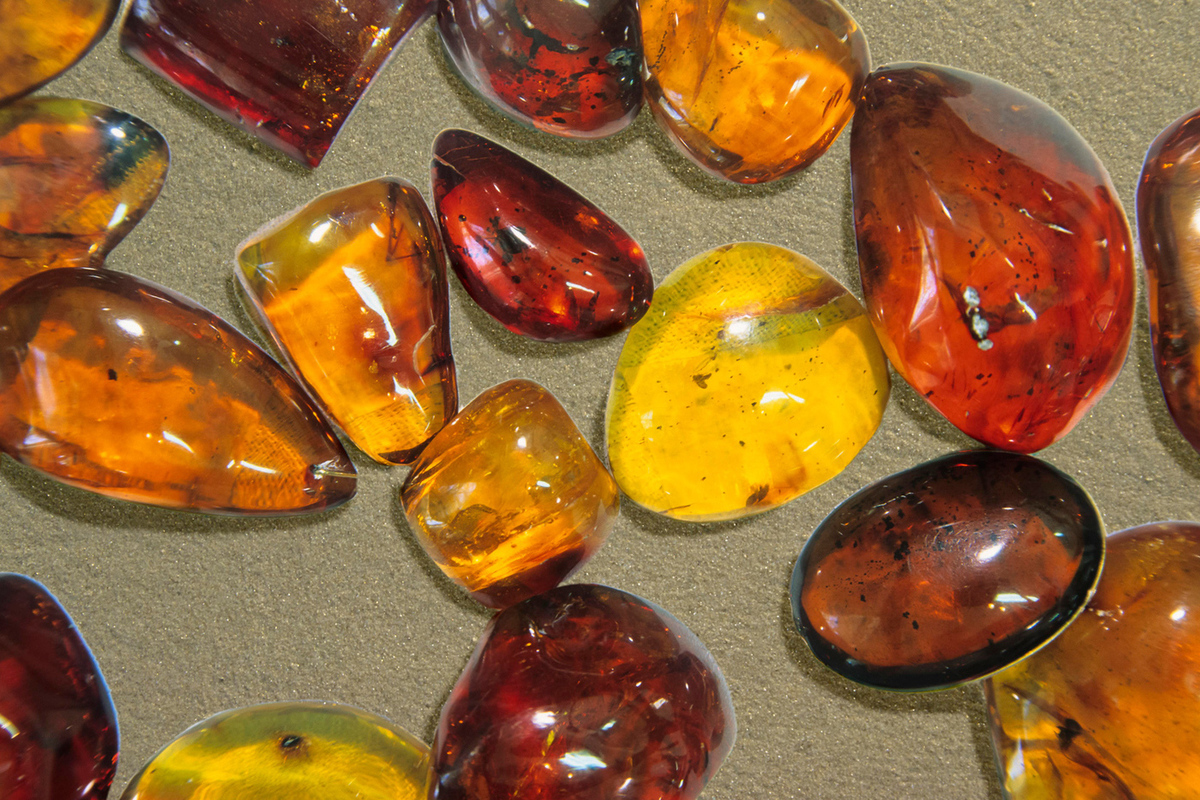New discovery: amber from the Baltic was brought to Spain 5,000 years ago
[ad_1]

Scientists have obtained important evidence about ancient trade routes
New research shows that Baltic amber arrived in the westernmost region of the European continent several millennia ago. A team of scientists has identified the oldest pieces of Baltic amber ever found on the Iberian Peninsula and discovered that the luxurious material, used in jewelry and handicrafts around the world, was already being imported to lands far from the Baltic more than 5,000 years ago.
For thousands of years, Baltic amber has been recognized as the finest in the world and has been used in jewelry since Roman times. Despite other amber deposits throughout Europe, ancient people from everywhere sought to get their hands on Baltic jewelry, notes Arkeonews. New research shows that the material was transported to the westernmost region of the continent more than 5,000 years ago.
The study was led by University of Granada (UGR) lecturer Mercedes Murillo-Barroso, in collaboration with Marcos Martinon-Torres from the University of Cambridge and Araceli Martin Colliga from the Government of Catalonia. According to Murillo-Barroso, the work “allows us to say with confidence that the arrival of Baltic amber on the Iberian Peninsula occurred at least in the 4th millennium BC, more than a millennium earlier than we thought, and that it was probably part wider trade networks associated with the south of France”..
Trade is one of the many mechanisms by which we establish social relationships, and often the items we exchange are not necessarily consumer goods necessary for life, but rather decorative, luxurious, or symbolic items.
Sometimes, especially in adverse conditions, the presence of trade networks means the presence of a network of mutual support, but these trade networks can also generate social inequalities and relationships of dependency, especially if not the entire community has equal access to the networks or if the objects of exchange are unequal.
In prehistoric times, amber, a fossil resin, was certainly not a raw material necessary for the development of everyday life, but it was highly valued and exchanged through the extensive trade networks that were established. The exploitation of numerous amber deposits in the Iberian Peninsula has been documented since the Upper Paleolithic, and thanks to research carried out by archaeologists over the years, we know that starting in the 4th millennium BC, Sicilian amber began to enter the Iberian Peninsula through Mediterranean trade networks. However, until now it was believed that Baltic amber came to the peninsula only in the 2nd millennium BC, after which it became the main raw material, replacing other types of amber, such as peninsular or Sicilian amber.
Regarding their research paper published in the prestigious journal Nature, Mercedes Murillo-Barroso states: “We present a standard infrared spectroscopic analysis of an amber bead of Baltic origin recovered from the Cova del Frare excavation site in a context dating to 3634-3363 BC “
“Since there are no written documents from prehistoric times, the only way to study human activity is to study archaeological finds. To study the transport and exchange of materials, we use very precise analytical methods such as infrared spectroscopy, which give us a kind of fingerprint of amber deposits and objects,” says Mercedes Murillo-Barroso.
Based on a large amount of data and this type of analysis in combination with other sources of archaeological information, the study confirms that Baltic amber arrived in the northeast of the Iberian Peninsula as early as the Neolithic era. In fact, there is currently no evidence that Baltic amber crossed the Ebro River at such an early date into the south of the Iberian Peninsula, where the use of Sicilian amber predominated as a result of Mediterranean networks.
The Baltic region is home to perhaps the world’s best amber for use in jewelry, notes Arkeonews. Indeed, it was in great demand in classical Rome, and now supports an entire industry, for example, in Poland. We now know that it began to arrive in Iberia as early as the 4th millennium BC and that it gradually replaced Peninsular and Sicilian amber.
“This discovery undoubtedly has important implications for our understanding of early networks of exchange of exotic materials and their impact on social structures,” explains Cambridge University professor Marcos Martinon-Torres.
[ad_2]
Source link








